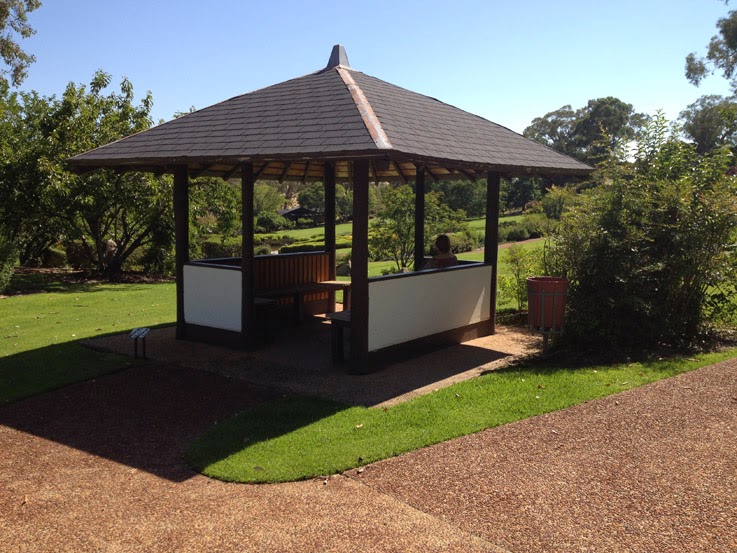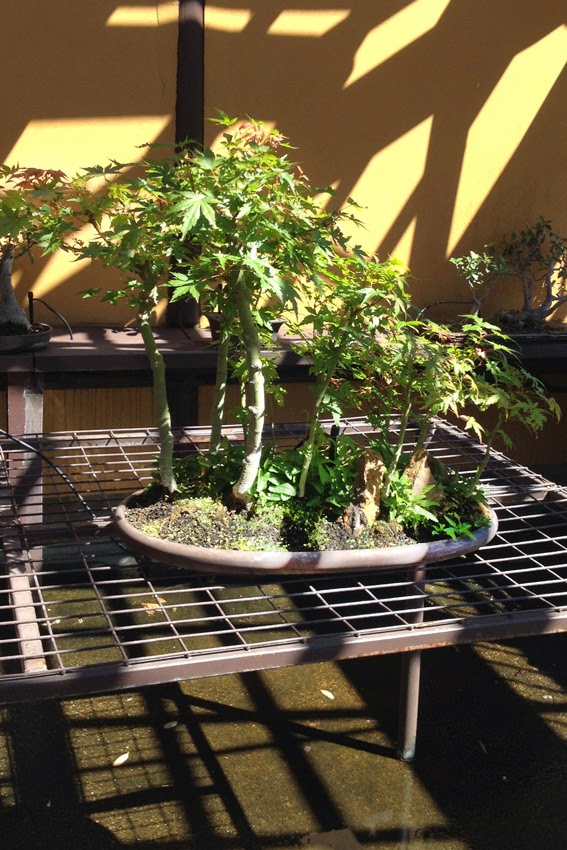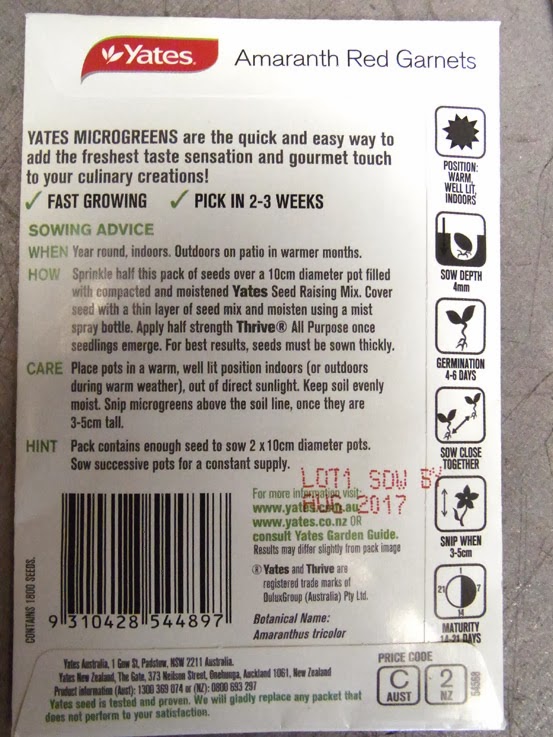It's been quite a while since Pam and I hit the road on holidays, but last week we managed to squeeze in a very enjoyable 2000-km ramble from Sydney down to see old friends in Kyneton, Victoria (hi Amanda and Mike!), then back home the long way through inland New South Wales. It's high summer here at the moment, and the whole of south-eastern Australia is a pale straw colour, thanks to drought and heatwaves. And yet we managed to find a beautiful cool, green oasis in the midst of this sunburnt summer, at the Japanese Gardens in Cowra.
 |
| This view from the township side of the garden looks over to the lofty, rocky hills in the distance. |
 |
| Some of the seats are simple plank benches, others more deluxe affairs, but they all provide a view that invites you to rest a while. |
 |
| And the ground-level colour department is handled capably all through the hottest summer by white or mauve agapanthus. |
 |
| Discreetly half hidden from view, this bonsai house is like a very large matchstick model. It's all frame, no roof. |
So, if you're from Sydney and are ever driving west, or coming from interstate, or travelling our fair land while visiting from overseas, see if you can work Cowra and its Japanese Gardens into your plans.
Here's a link to the gardens website: http://www.cowragarden.com.au
The good news is that Cowra offers several lovely places to stay, some great restaurants (try Niela) and several vineyards to visit. While out there you could try ballooning at Canowindra (we didn't!), and also head to Orange, another great foodie destination.















